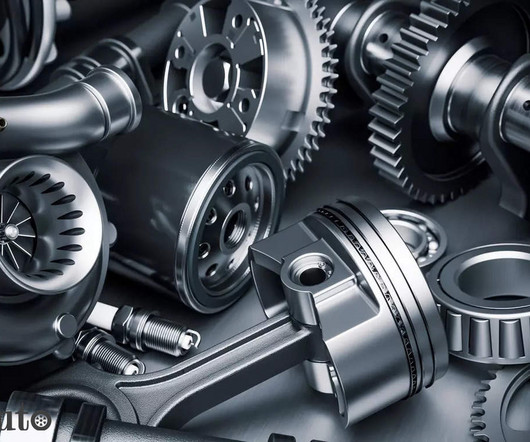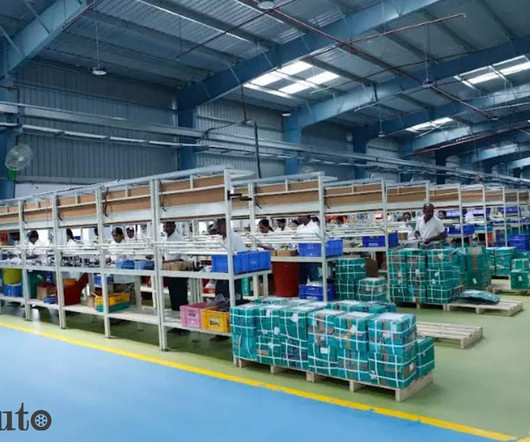India’s automotive aftermarket is likely to grow to USD 14 billion by 2028: ACMA-E&Y study | Autocar Professional
Baua Electric
JANUARY 29, 2024
The study focuses on seven product categories namely engine parts, suspension and braking parts, transmission parts, braking parts, rubber components, cooling systems, and filters, while tires and consumables such as batteries, coolants, and lubricants were not covered.












Let's personalize your content